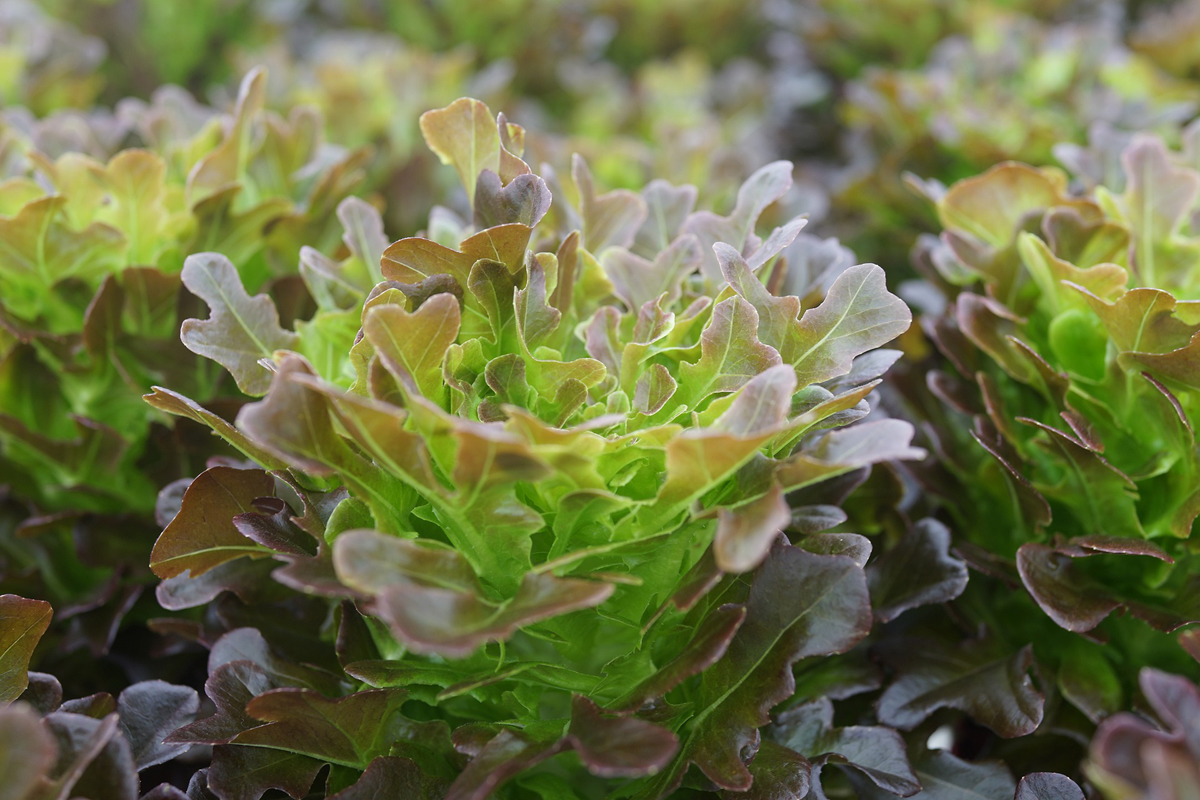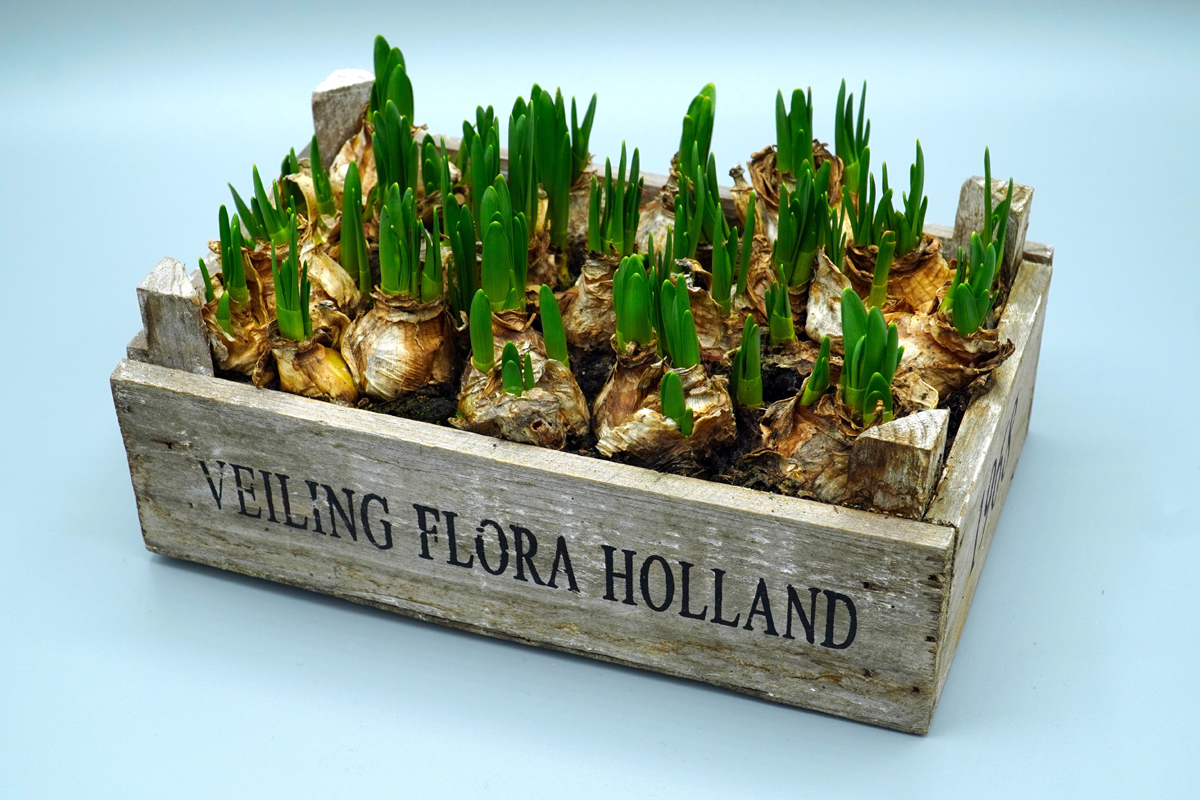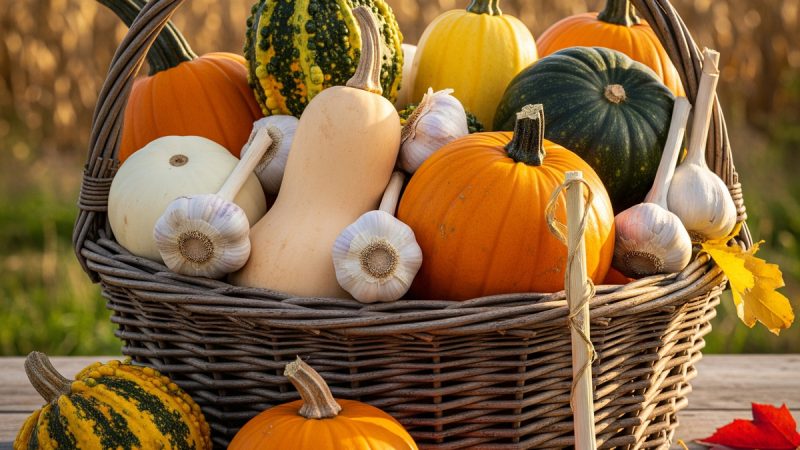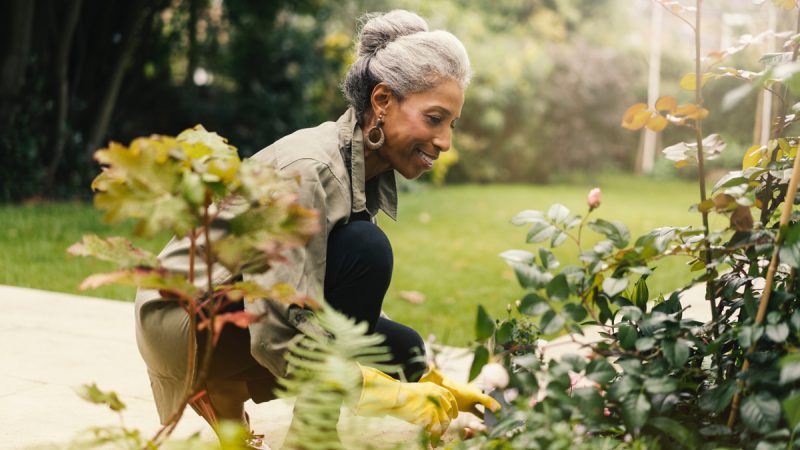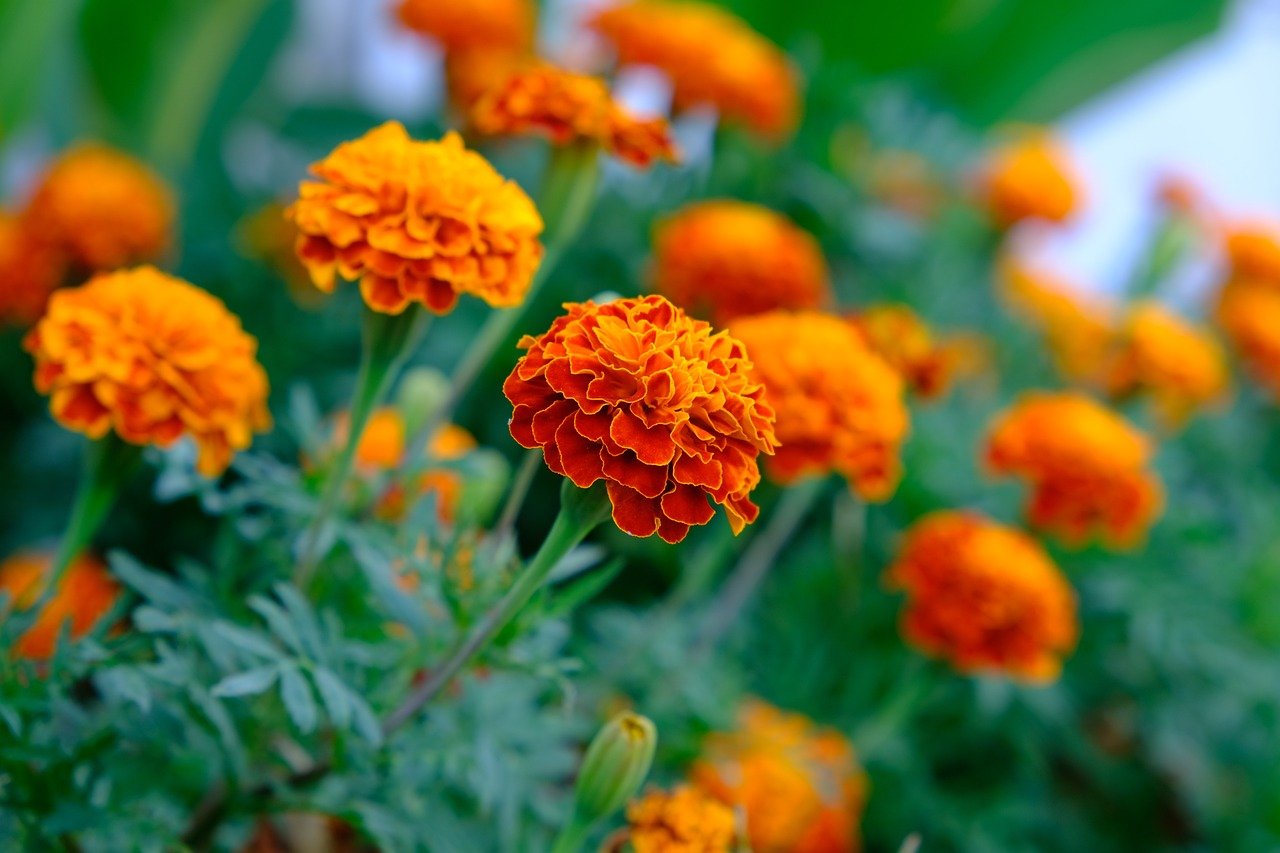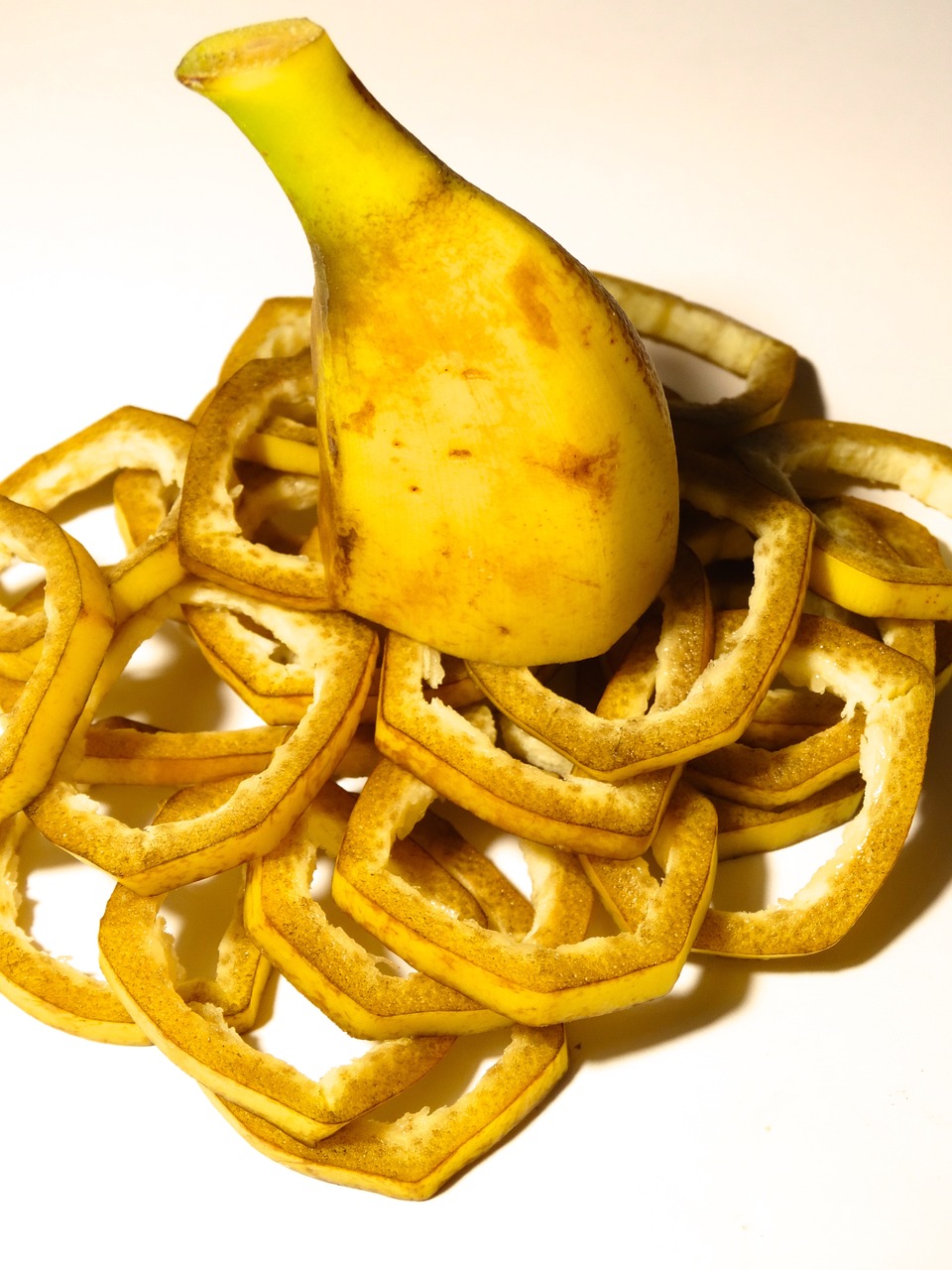How to Start a Garden – Irrigation Tips
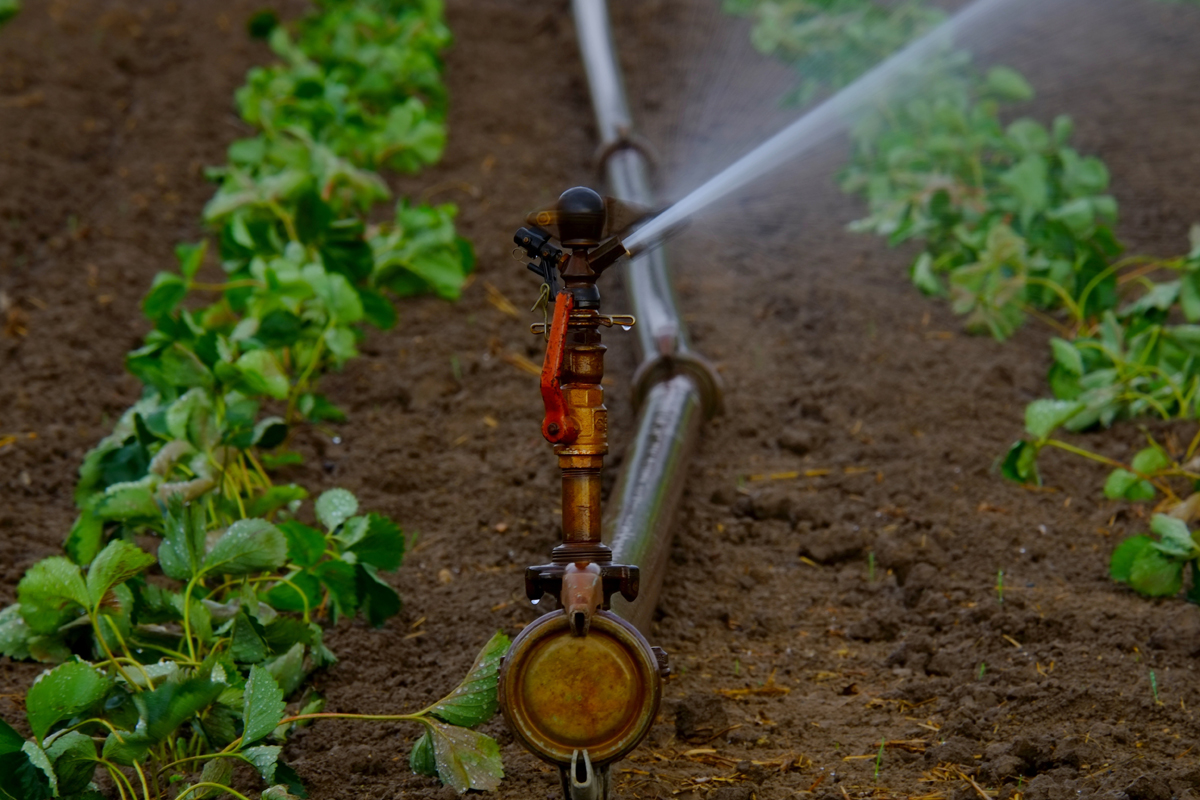
When you are learning how to start a garden, irrigation is another major consideration. You have options, starting with a sprinkler can, which is better for indoor or smaller gardens, or you can use a garden hose, preferably with a spray nozzle, you can use a portable lawn sprinkler, a soaker hose, a trickle or drip system, or an automatic drip system. There are a few things to consider when you’re deciding which type of watering equipment you will need.
Climate, gardening practices, and water supply will all play into your choice of equipment. Only in a dry climate will the cost of installing a spigot be out weighed by the benefits of having a close tap. If you have rainfall, except for a few months of the year, it’s wise to keep your equipment simple, and a garden hose with sprinkler may work. In other areas with extended periods of hot weather and a small water supply, a drip irrigation system might be the best choice as it only waters at the roots. You can also put timers on them so they can be semi-automatic, and they’re preferable to overhead sprinklers as they have a tendency to conserve water.
There are a variety of trickle or drip irrigation systems available. Something as simple as a soaker hose is easiest to install because it’s just like hooking up a garden hose. A soaker hose will allow water to seep out all along the whole length of the hose, and is laid at the base of the plants and moved around the garden. There are also complete kits which will allow gradual water release. They’re generally semi-permanent, and once installed last about 2 to 5 years. Usually a flow regulator is included with the system so that the water reaching the end of the hose also has full pressure.
An emitter type system is best for small raised beds or container gardens. It uses short tubes, each coming off the main supply line, and goes right to the roots of each planet. It is an expensive form of irrigation and the most complex to install, but it’s the most advantageous as only the plants are watered and not the weeds, and because evaporation is minimized. These systems can have problems with clogging, but some designs are better than others and include filters and self flushing emitters.
Before you buy, know your limits, know your needs, and take into account your climate. Investigate systems to determine which one best meets your requirements. The more thought you put into your plan and preparation, the more benefit once you have your garden.
The Author:
Sandi Baine is a proponent for developing a self sufficient sustainable lifestyle for the betterment of everyone’s life. Steam on!

